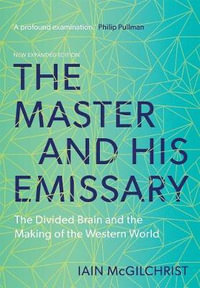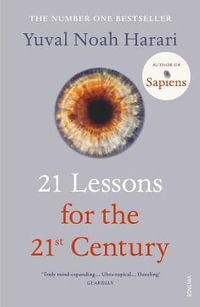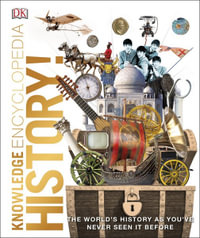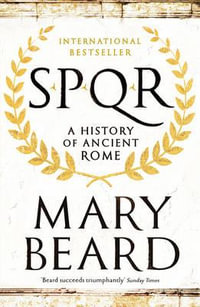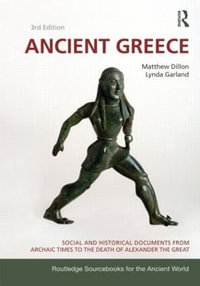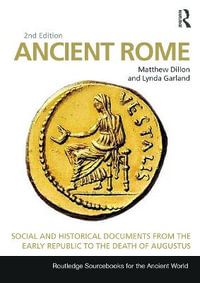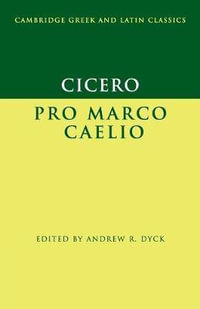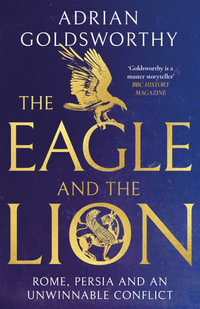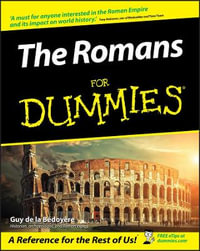In Renaissance Rome, ancient ruins were preserved as often as they were mined for their materials. Although the question of what to preserve and how continued to be subject to debate, preservation acquired renewed force and urgency in the fifteenth and sixteenth centuries as the new papal capital rose upon the ruins of the ancient city. Preservation practices became more focused and effective in Renaissance Rome than ever before.
The Ruin of the Eternal City offers a new interpretation of the ongoing life of ancient buildings within the expanding early modern city. While historians and archaeologists have long affirmed that early modern builders disregarded the protection of antiquity, this study provides the first systematic analysis of preservation problems as perceived by the Renaissance popes, the civic magistrates, and ordinary citizens. Based on new evidence and recent conservation theory, this compelling study explores how civic officials balanced the defense of specific sites against the pressing demands imposed by population growth, circulation, and notions of urban decorum. Above all, the preservation of antiquity remained an indispensable tool to advance competing political agendas in the papal capital. A broad range of preservation policies and practices are examined at the half-ruined Colosseum, the intact Pantheon, and the little-known but essential Renaissance bridge known as the Ponte Santa
Maria.
Rome has always incorporated change in light of its glorious past as well as in the more pragmatic context of contemporary development. Such an investigation not only reveals the complexity of preservation as a contested practice, but also challenges us to rethink the way people in the past understood history itself.
Industry Reviews
"One might have thought it nearly impossible at this late date to write a new book containing a well argued, fresh perspective on fundamental features of Descartes's philosophy. With this book, David Cunning has achieved that nearly impossible feat. The accomplishment is especially remarkable given his focus on the Meditations, which is one of the most thoroughly studied works of philosophy in existence."--Mind
"Karmon sheds light on how preservation and restoration have become practices that modern culture has separated from each other, whereas the term 'instaurare,' as favored by humanists such as Biondo Flavio in the Quattrocento tended to weave these meanings together. This distinction has constituted a distorting lens on which historians have relied all too often...and it deserves very close attention on the part of architects, who are so often called upon to
confront its implications."--Casabella
"Karmon does an extraordinary job when using the archival evidence to describe the politics of restoration. He provides a clear narrative about how different individuals understood preservation in the fifteenth and sixteenth centuries."--Bryn Mawr Classical Review
"Birth, death, and resurrection are written on every street in Rome. David Karmon tells a rich and passionate history of the efforts to preserve antiquity in the Renaissance city. With new research and a fresh approach, a magical landscape emerges of half-buried ruins prevailing in the midst of imperial ambitions."--Christy Anderson, author of Inigo Jones and the Classical Tradition
"In this startlingly original book, David Karmon has virtually opened a new field, showing how--for six hundred years!--the city of Rome has fostered the preservation of its ancient monuments to inspire residents and visitors, control traffic, reduce construction costs, and sustain the myth of the Eternal City."--Ingrid D. Rowland, author of Giordano Bruno, The Scarith of Scornello, and The Culture of the High Renaissance
"This is a book with a bold, overarching thesis and richly textured component parts...Hopefully it will inspire others to look anew at Rome's ancient churches and their even more tortured history of preservation and destruction."--The Catholic Historical Review


